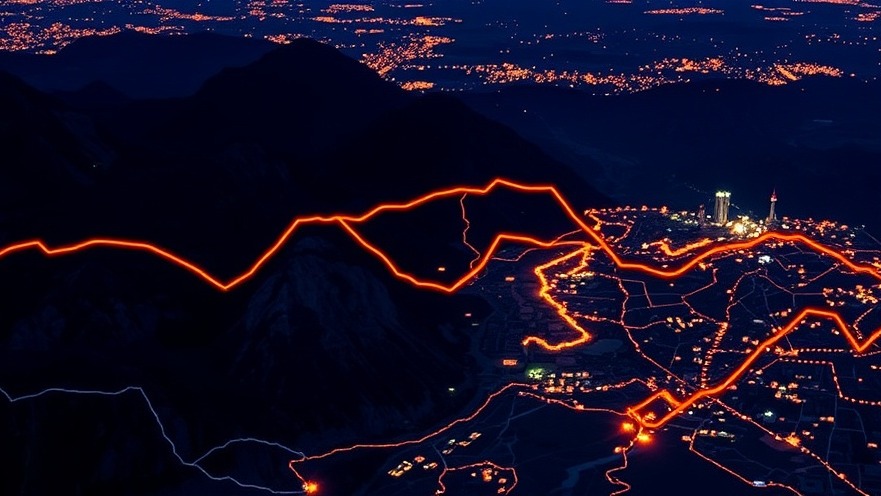Do Hidden Borders Still Shape the Way We Travel?

Maps may say one thing, but lines on the ground often tell another story.
In an age of GPS and digital passports, it’s tempting to believe borders are clear-cut. Yet hidden boundaries—political, cultural, and even invisible ones—still shape journeys more than most travelers realize.
Take the Korean Demilitarized Zone. A strip of land only four kilometers wide, it’s one of the most fortified borders in the world. Tourists on either side can peer through binoculars at villages frozen in time, a reminder that some divides remain unbridgeable.
In contrast, Europe’s Schengen Zone has erased many internal borders, allowing seamless travel from Spain to Slovakia. But even here, hidden borders linger.
Language, cuisine, and local pride shift dramatically within just a few kilometers. A traveler crossing from Belgium’s Flemish region into Wallonia might not need a passport, but the change in culture feels like crossing into another country.
Then there are the “soft borders” of culture and class. In India, train journeys reveal subtle divides between carriages, where travelers of different economic backgrounds share the same route but not the same experience. In South Africa, townships and city centers exist side by side yet remain separated by invisible lines of history and economy.
For adventurers, these hidden borders can be part of the intrigue. Crossing a mountain pass in the Caucasus, stumbling upon a village where people speak a different language from the valley below—it’s these contrasts that make travel richer.
Yet borders also remind us of privilege. For some, crossing is easy—a stamp and a smile. For others, it’s impossible. In that sense, hidden borders aren’t just curiosities; they’re realities shaping millions of lives.
So yes, hidden borders still matter. They’re etched in landscapes, languages, and even hearts. For the traveler, noticing them transforms a trip from sightseeing into understanding—and every invisible line becomes a story waiting to be told.
 Add Row
Add Row  Add
Add 




Write A Comment